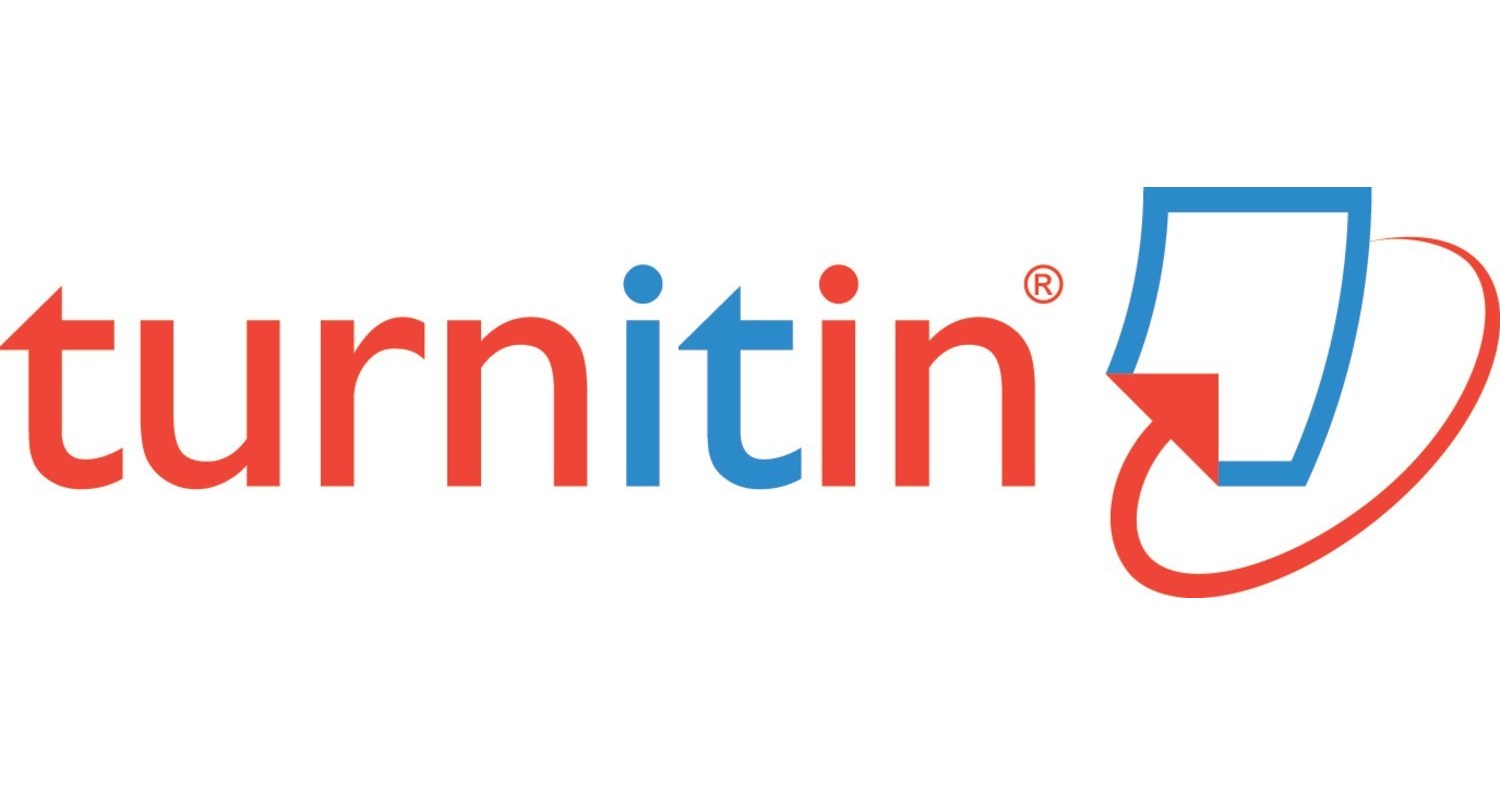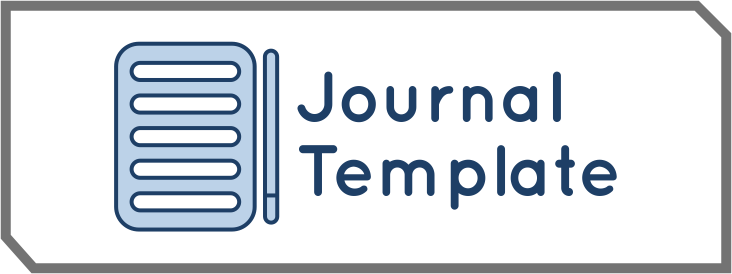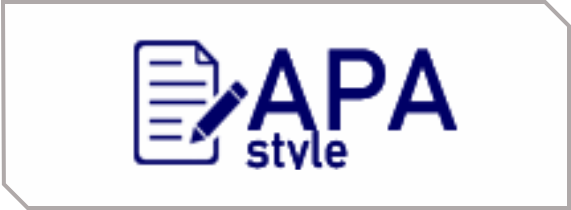Submissions
Submission Preparation Checklist
As part of the submission process, authors are required to check off their submission's compliance with all of the following items, and submissions may be returned to authors that do not adhere to these guidelines.- Pengaturan Kiriman belum pernah diterbitkan sebelumnya, juga tidak sebelum jurnal lain untuk dipertimbangkan (atau penjelasan telah diberikan di Komentar kepada Editor)
- File pengiriman dalam format file dokumen OpenOffice, Microsoft Word, atau RTF.
- Jika tersedia, URL untuk referensi telah disediakan.
- Teksnya satu spasi; menggunakan font 12 poin; menggunakan huruf miring, bukan menggarisbawahi (kecuali dengan alamat URL); dan semua ilustrasi, gambar, dan tabel ditempatkan di dalam teks pada titik yang sesuai, bukan di akhir.
- Teks mematuhi persyaratan gaya dan bibliografi yang digariskan dalam Panduan Penulis.
Articles
Penulis yang mengirimkan naskah harus memahami dan menyetujui bahwa jika diterima untuk dipublikasikan, hak cipta dari artikel adalah milik penerbit jurnal.
Hak cipta (copyright) meliputi hak eksklusif untuk mereproduksi dan memberikan artikel dalam semua bentuk dan media, termasuk cetak ulang, foto, mikrofilm dan setiap reproduksi lain yang sejenis, serta terjemahan. Penulis mempunyai hak untuk hal-hal berikut:
- menggandakan seluruh atau sebagian materi yang dipublikasikan untuk digunakan oleh penulis sendiri sebagai bahan pengajaran di kelas atau bahan presentasi lisan dalam berbagai forum;
- menggunakan kembali sebagian atau keseluruhan materi sebagai bahan kompilasi bagi karya tulis penulis;
- membuat salinan dari bahan yang dipublikasikan untuk didistribusikan di lingkungan institusi tempat penulis bekerja.
Badan Penerbit serta Editor melakukan segala upaya untuk memastikan bahwa tidak ada data, pendapat atau pernyataan yang salah atau menyesatkan yang dipublikasikan di jurnal ini. Isi artikel yang diterbitkan di jurnal ini adalah tanggung jawab tunggal dan eksklusif dari masing-masing penulis.
Copyright Notice
Penulis yang mengirimkan naskah harus memahami dan menyetujui bahwa jika diterima untuk dipublikasikan, hak cipta dari artikel adalah milik penerbit jurnal.
Hak cipta (copyright) meliputi hak eksklusif untuk mereproduksi dan memberikan artikel dalam semua bentuk dan media, termasuk cetak ulang, foto, mikrofilm dan setiap reproduksi lain yang sejenis, serta terjemahan. Penulis mempunyai hak untuk hal-hal berikut:
- menggandakan seluruh atau sebagian materi yang dipublikasikan untuk digunakan oleh penulis sendiri sebagai bahan pengajaran di kelas atau bahan presentasi lisan dalam berbagai forum;
- menggunakan kembali sebagian atau keseluruhan materi sebagai bahan kompilasi bagi karya tulis penulis;
- membuat salinan dari bahan yang dipublikasikan untuk didistribusikan di lingkungan institusi tempat penulis bekerja.
Badan Penerbit serta Editor melakukan segala upaya untuk memastikan bahwa tidak ada data, pendapat atau pernyataan yang salah atau menyesatkan yang dipublikasikan di jurnal ini. Isi artikel yang diterbitkan di jurnal ini adalah tanggung jawab tunggal dan eksklusif dari masing-masing penulis.
Privacy Statement
The names and email addresses entered in this journal site will be used exclusively for the stated purposes of this journal and will not be made available for any other purpose or to any other party.














